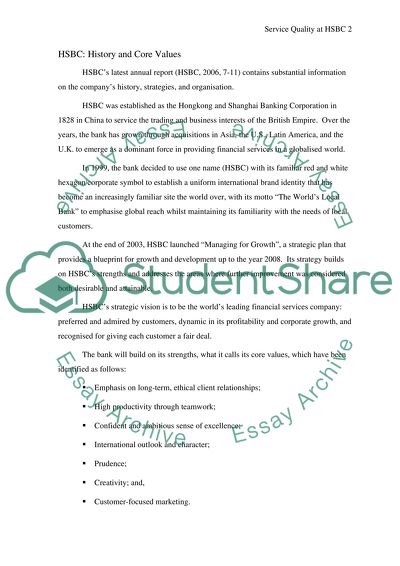Cite this document
(“Marketings: Foundations and applications Essay Example | Topics and Well Written Essays - 2500 words”, n.d.)
Retrieved from https://studentshare.org/miscellaneous/1539258-marketings-foundations-and-applications
Retrieved from https://studentshare.org/miscellaneous/1539258-marketings-foundations-and-applications
(Marketings: Foundations and Applications Essay Example | Topics and Well Written Essays - 2500 Words)
https://studentshare.org/miscellaneous/1539258-marketings-foundations-and-applications.
https://studentshare.org/miscellaneous/1539258-marketings-foundations-and-applications.
“Marketings: Foundations and Applications Essay Example | Topics and Well Written Essays - 2500 Words”, n.d. https://studentshare.org/miscellaneous/1539258-marketings-foundations-and-applications.


